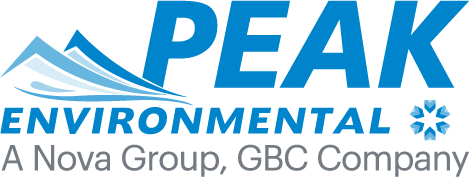
September 28, 2023. The U.S. Environmental Protection Agency (EPA) further advanced their PFAS Strategic Roadmap by finalizing new rules under the Toxic Substance Control Act (TSCA) for record keeping and reporting of per- and polyfluoroalkyl substances (PFAS) manufactured and used in the United States. The new rule will create a massive database of information that, once populated, will support analysis and interpretation of PFAS manufacturing and use. The database will give regulators a powerful tool to identify and characterize potential sources of PFAS, which appear to be very wide-spread, as they are consistently found in soil, groundwater, surface water, wildlife, public water supplies, and people.
Under the rule, all of PFAS and PFAS-containing articles in any year since 2011 must report information to the EPA related to chemical identity, uses, quantities manufactured, amounts processed, byproducts, environmental and health effects, worker exposure, and disposal.
EPA has determined that at least 1,462 PFAS compounds are known to have been made or used in the U.S. since 2011, and all must be included to comply with reporting requirements. The EPA has streamlined reporting requirements to reduce the burden on small quantity users of PFAS for research and development purposes and for those who imported PFAS contained in articles. Facility reports must be submitted to EPA within 18 months of the effective date of the final rule. The rule allows six additional months for small businesses that are reporting data regarding only the import of PFAS contained in articles.
EPA has stated the goal is to protect people from PFAS, however, burdens on small business entities and compliance details for importers appear not well defined. Your facility may be subject to this action if you currently or previously manufactured (or imported) PFAS between January 1, 2011 and the effective date of the final rule. Most respondents affected by this collection activity may be from 12 listed NAICS code categories, but other entities may also be affected.
Because applicability is so broad, the Agency has not attempted to describe all the specific entities and corresponding NAICS codes that must comply, but rather has published an applicability guide to help industry make a determination based on their operations. More information is available on the USEPA website.
